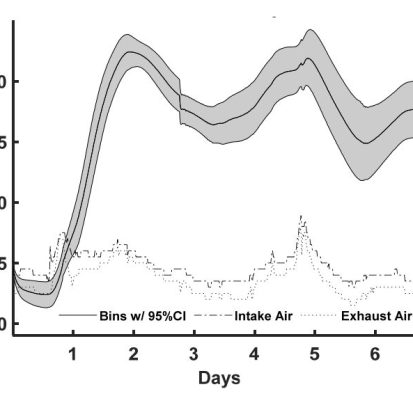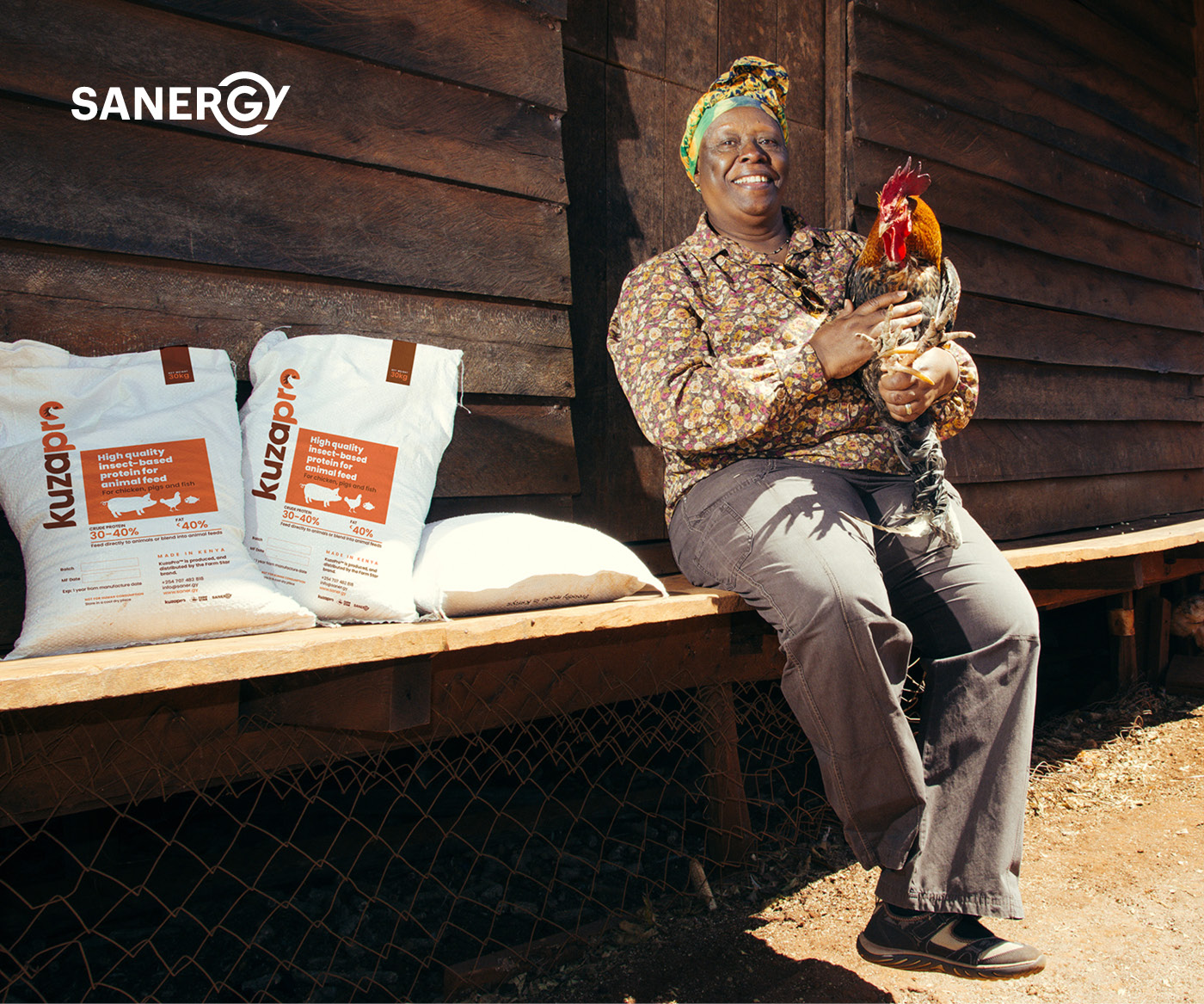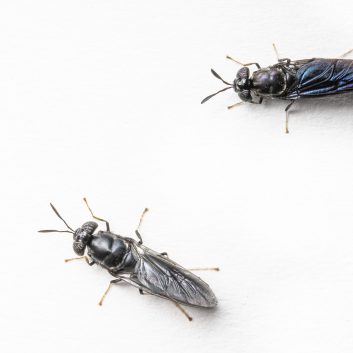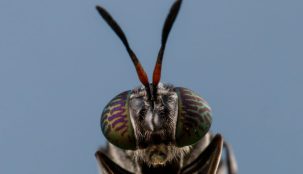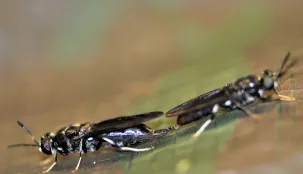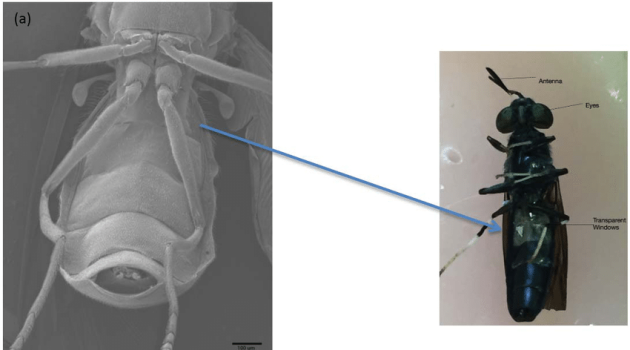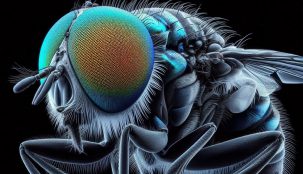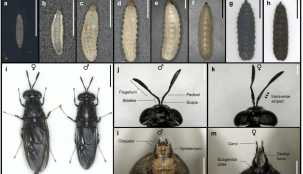♨ Heat trapped at the bottom of the crate
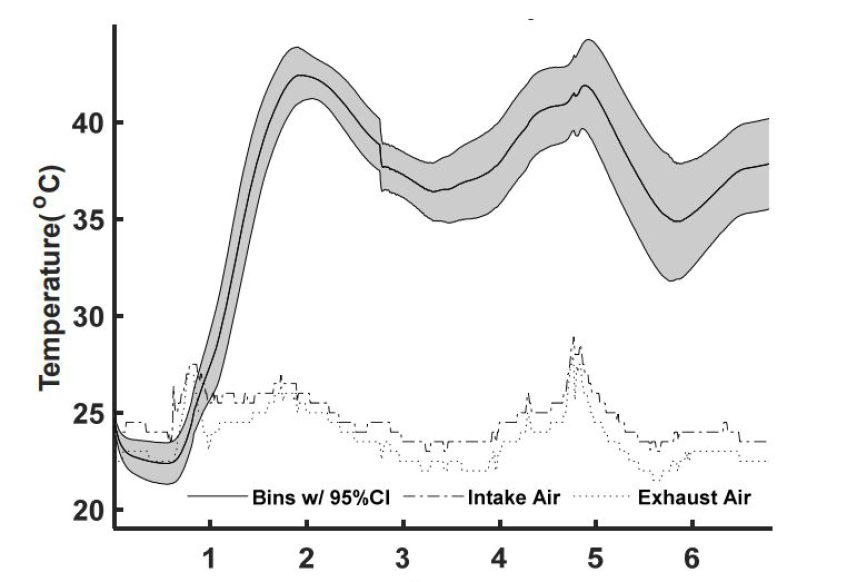
One research result has drawn us interest: the heat trapped at the bottom of the crate may be valuable for rearing Black Soldier Fly larvae in areas with cool climates.
Crates (>11000 larvae, 0.75 g/larva of chicken feed) with larvae warm quickly, while the crates without larvae followed the intake air temperature for the first 2 to 3 days. The crates without larvae eventually warmed to a temperature similar to that of the crates with larvae.
The temperature of the intake and exhaust air were within 1 to 2 degrees. Although there was likely some heat exchange between the crates (>40 ℃) and the passing air (~20 ℃), it was not enough to heat the exhaust air. Instead. Most of the heat generated by the larvae and microbes was trapped in the substrate in each crate (highest temperature on the bottom). The residence time of the air passing the bins was likely not sufficient for detectable heat exchange.
The heat emitted during decomposition of waste materials is a valuable resource that can be captured and used for a variety of purposes. It may be especially valuable for rearing black soldier fly larvae in areas with cooler climates because this species originates in warmer regions and is not particularly tolerant of cold temperatures. Insulating the larval bins may improve retention of metabolic heat, thus reducing the need for external heating.
#blacksoldierfly #wastemanagement #heatmanagement


